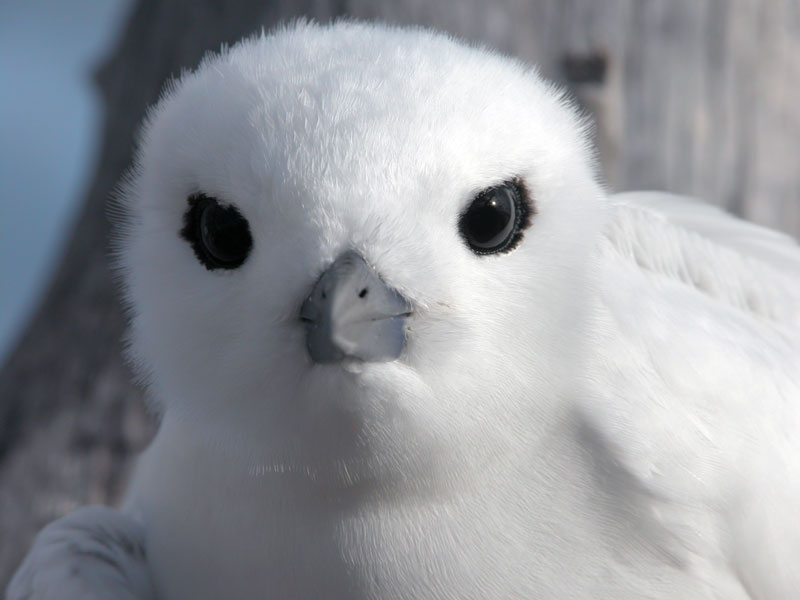Published in the Ocean Watch column, Honolulu Star-Advertiser © Susan Scott
December 31, 2016
Most of my email this year was for the birds, specifically Pacific golden plovers (kolea) and white terns (manu-o-Ku), the native species that choose to grace our city.
The birds are doing what it takes in this era to survive on planet Earth: adapting to the presence of humans. And these animals aren’t just tolerating us. They’re using our stuff.
Plovers stand on our roofs, forage in our streets, and some even eat from our hands. (If you decide to feed your kolea, offer it healthy food such as mealworms or bits of scrambled egg.) Kolea prance around our yards helpfully gobbling up the roaches, beetles, worms, millipedes, spiders and slugs we’ve been introducing to Oahu for decades.
 White terns have a ring of black feathers around their eyes, giving them
White terns have a ring of black feathers around their eyes, giving them
a wide-eyed appearance. About 2,000 of them live in the Honolulu area.
©2016 Susan Scott
There’s a possibility that Hawaii’s kolea are here in greater numbers than before humans arrived. Since historical records are sketchy, there’s no way of knowing for sure, but we do know that plovers share our fondness for expanses of grass. And we mow it for them, too.
One of my favorite emails this year came from a reader who saw a kolea watch TV for days on end. The reader’s neighbor had placed a broken TV on the curb for pickup, and when a kolea saw its reflection in the glass, it stuck around, peering into the set for days.
White terns also landed in my inbox. For reasons known only to them, about 2,000 (and counting) white terns have decided to call Honolulu home, picking the most human-altered parts to raise their chicks. Their current range goes from Bishop Street to the Waikiki Aquarium, with a few of the brilliant ones going to the University of Hawaii at Manoa.
Although nearly any tree will do, white terns’ favorites to balance their egg and raise their chick are kukui, monkeypod, mahogany, banyan and shower trees, all introduced species. As a result, urban dwellers can watch adorable chicks teeter on a bare branch while its parent stuffs an astonishing number of fish down its throat.
This year several readers emailed me pictures and tern stories. One woman described a “maternity branch” outside her condo window, and a worker at UH Manoa wrote that his favorite break-time activity was white tern gazing. “Just watching them,” he wrote, “made me relax.”
This year Pacific golden plovers and white terns gave us some priceless gifts: treasured moments of peace and glimmers of hope for the future.
You can give back to our special city terns by joining Hui Manu-o-Ku at whiteterns.org, and if you want to learn more about kolea, you can help Oahu’s plovers by buying their new book from the Hawai‘i Audubon Society at hawaii audubon.org.